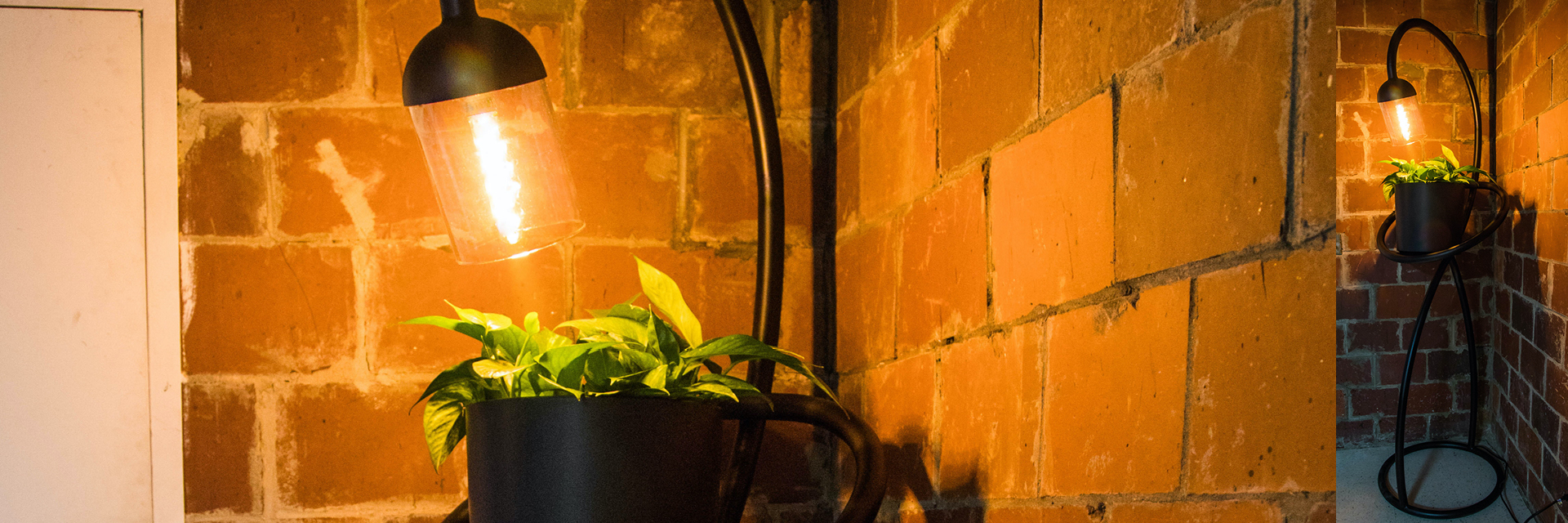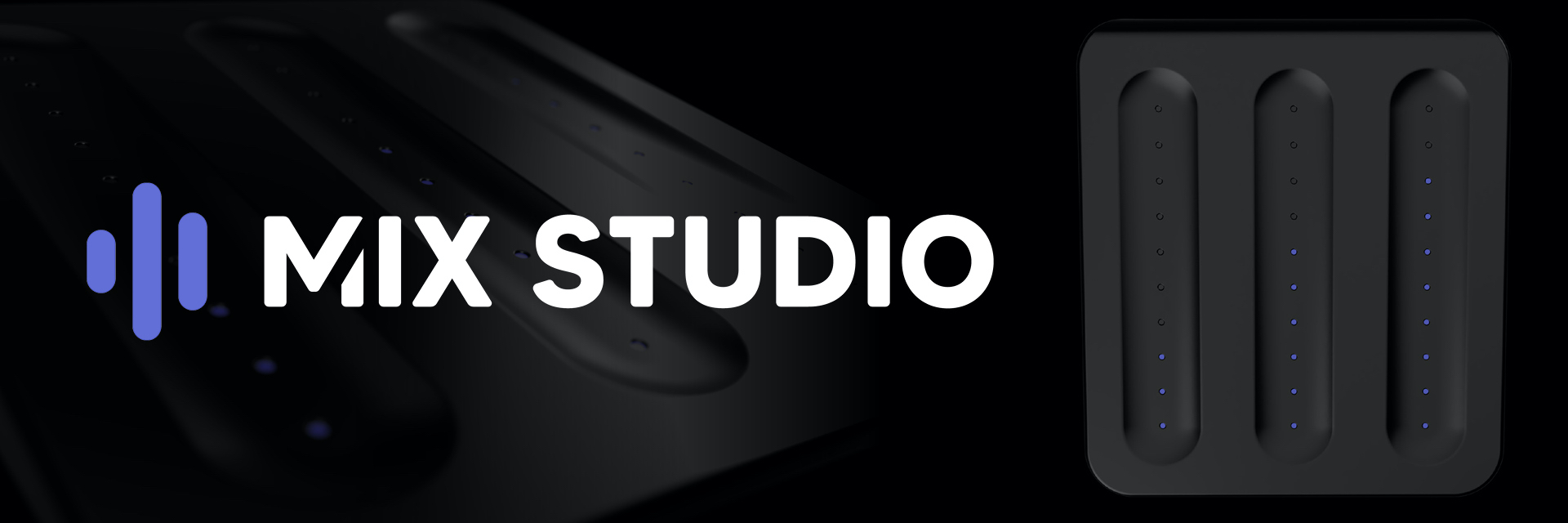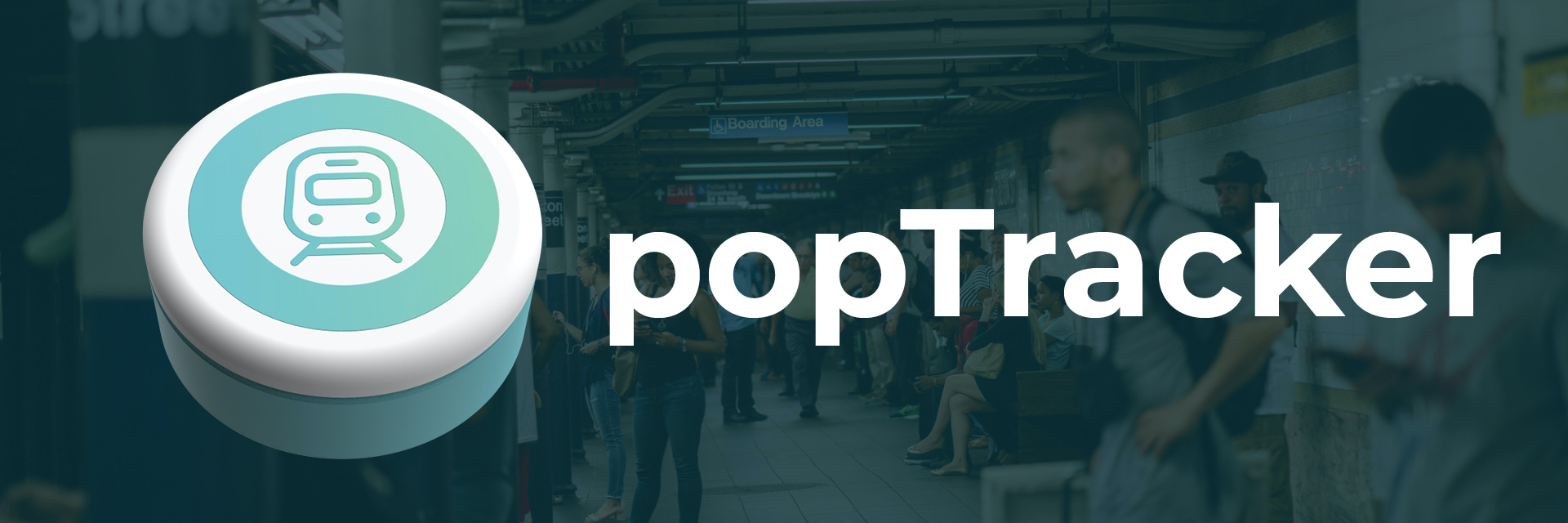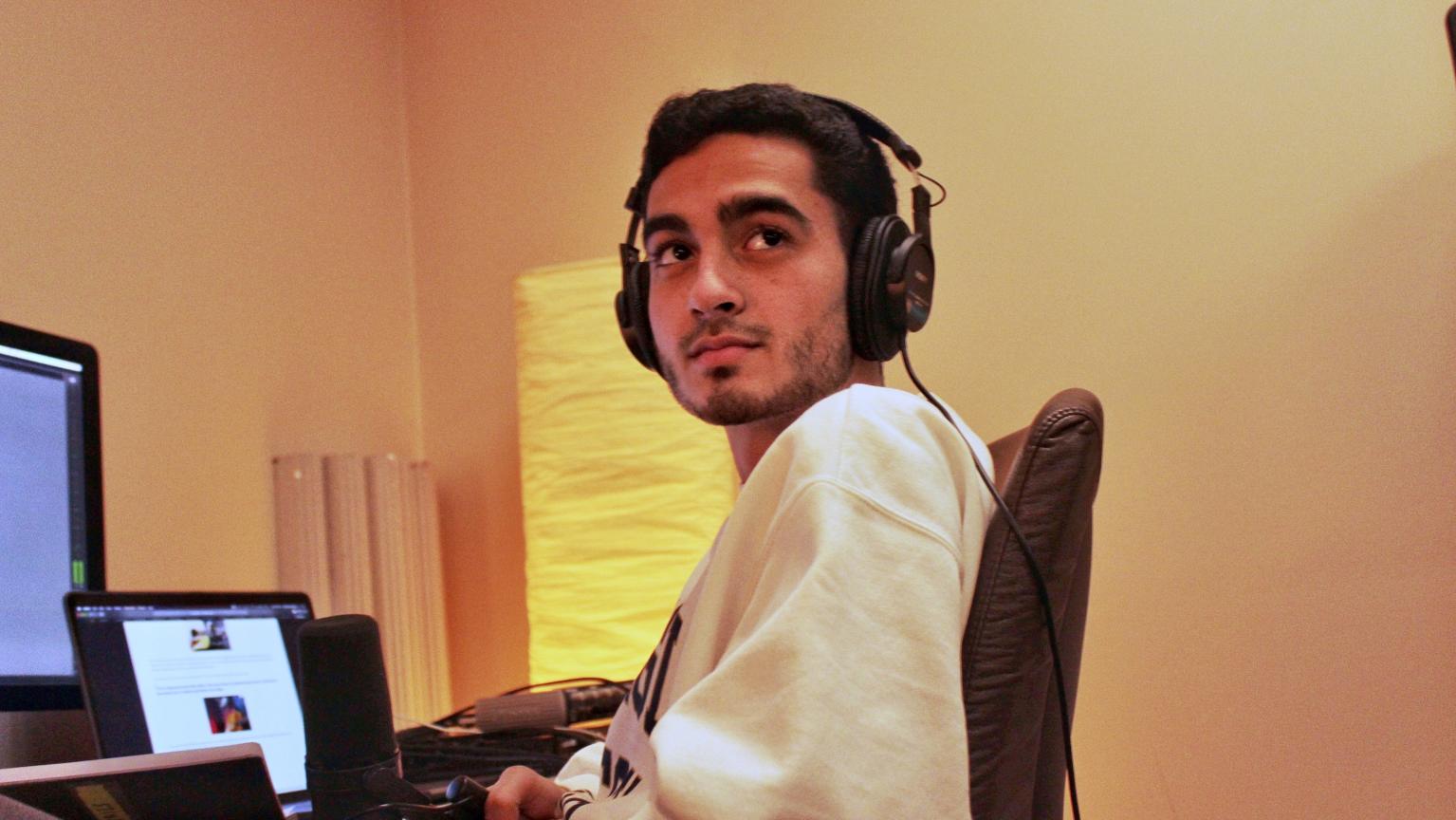COVID Solution
Group Members: Jason Yang, Jordan Lym
Class: ID 3051 | instructor: Wei Wang
My group and I were challenged to create a solution for a long term challenge created by COVID-19. With the reliance on remote working during this pandemic, we recognized that digital and de-centralized environments will become normalized and far more common than in the pre-COVID world. Through research, we found that highly collaborative environments are difficult to foster while completely remote, especially with our current tools (Zoom, Google Meets, Bluejeans).
In order to cultivate productive collaboration, we designed a service that enables cross-reality collaboration in a synced Virtual Reality and Augmented Reality environment. This service creates a collaborative presence, the ability to re-live meetings as if you were there, and a real-time cross reality workspace.
My roles included user research, defining user needs, and concept development.
Tea Mate
Group Members: Jordan Lym
Class: ID 3051 | Instructor: Wei Wang
We were interested in understanding the culture of tea and the motives of tea drinkers. By unraveling how they use tea, we understood how to improve their overall tea making experience. From the surface level, we knew that there are health benefits and social motives to drinking tea. But uncovering the culture of tea even further and understanding the categories of tea drinkers helped us design a product-service system that utilizes upcoming technology to improve the tea making experience.
Tea Mate is a communal tea kettle to explore the world of tea. The app has a quick and informative onboarding process, a simple interface that allows users to explore different teas with ease, touch-less brewing to minimize contact, and health badges so users can see the health benefits from each tea.
My roles for this project were user research and testing, hardware design, model rendering, and creating the video demo.

Companion Lamp
Class: Sophomore Studio | Instructor: Lisa Marks
The Companion Lamp is designed to fit into modern office spaces. The purpose of this project was to explore and develop unique light interaction for a chosen environment. I designed the Companion Lamp with friendly anthropomorphic imagery to bring comfort to office spaces, which are often isolating.

MixStudio
MixStudio aims to simplify the tedious mixing boards used for recording music, in order to help beginner music producers optimize their workflow. The board contains three touch-slider channels which can be easily mapped to any MIDI parameter inside of a production software.
I personally enjoyed combining my two fields of study for this project and am inspired to continue looking for ways to help optimize the process of music creation.

PopTracker
Group: Davis White, Jaime Vera, Ricky Meizoso, Leonard Ricci, Thomas Beckler, Grace Borsetti
The problem we identified for this project is that there is currently no widely used, cost effective way to track or communicate local population density in mass public transit systems. Therefore, riders are left to guess how busy stations, subway cars, and buses are at any given moment.
The solution is an easy to use website and application, PopTracker, that helps the user optimally pick the least busy times, lines, and even cars to ride for a given metro system. With the PopTracker website, the user can see when a metro car is approaching, how full each car is, see live predictions of how dense a specific line will be at any time, and how the rider density has behaved in the day.
